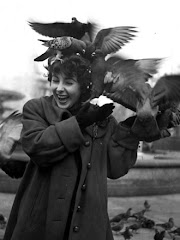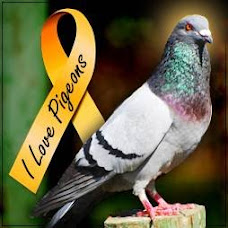The last passenger pigeon passed on in 1914. He lived in a zoo in Cincinnati.
That’s pretty pathetic, considering that, at one time, their numbers were estimated to be in the billions. This particular breed of squab was fairly large, at 17 inches length. And, apparently, tasty. When the Europeans arrived, the passenger pigeons’ days were numbered. They were slaughtered by the thousands. For a time men actually made a living traveling to pigeon breeding grounds and killing them for market. By the mid-1800s they were thinning out. By 1914 they were gone.
The eastern Indians — ours included — were fond of these passenger pigeons as well. Sometimes their winter hunting camps were aimed as much as putting them near the pigeons’ nesting grounds as any other game. They used the pigeons for meat and even as a kind of butter.
Explorer John Lawson wrote about his first experiences with passenger pigeons:
“(They) were so numerous in these Parts, that you might see many Millions in a Flock; they sometimes split off the Limbs of stout Oaks, and other Trees, upon which they roost o’ Nights. You may find several Indian Towns… that have more than 100 Gallons of Pigeons Oil, or Fat; they using it with Pulse, or Bread, as we do Butter… The Indians take a Light, and go among them in the Night, and bring away some thousands, killing them with long Poles, as they roost in the Trees. At this time of the Year, the Flocks, as they pass by, in great measure, obstruct the Light of the day.”
You’ve got to admit, that’s a lot of pigeons. The ground beneath the trees, where they roosted, was covered by a half-foot layer of dung. Think of parking your newly-waxed car in the shade and discovering that the next morning!
And, Lawson avowed, this was only a small portion of their population: in 1701, when he was exploring the westernmost part of the Carolinas, he saw “infinite Numbers of these Fowl…(that) would fly by us in such vast Flocks, that they would be near a Quarter of an Hour, before they were all pass’d by; and as soon as that Flock was gone, another would come; and so successively one after another, for great part of the Morning.”
It is sad that spectacles like this can only be experienced through history — and that we are the reason this is so.
Sun Journal article
Bill Hand can be contacted at newbernhistory@yahoo.com.
Monday, July 5, 2010
Subscribe to:
Post Comments (Atom)











No comments:
Post a Comment